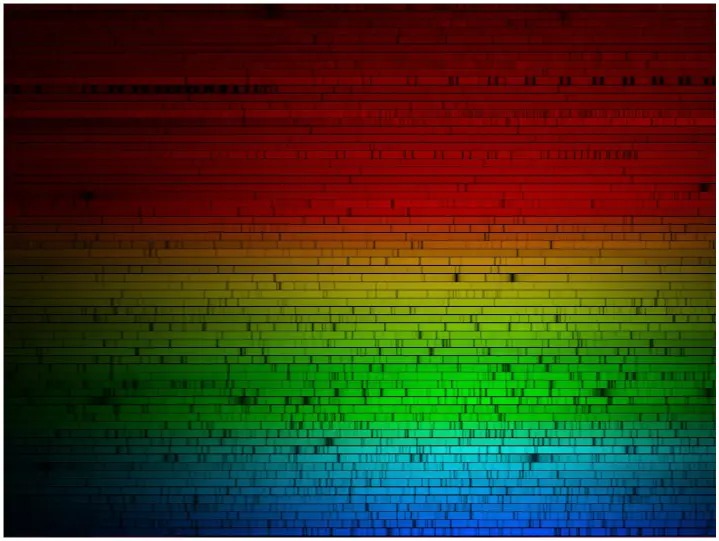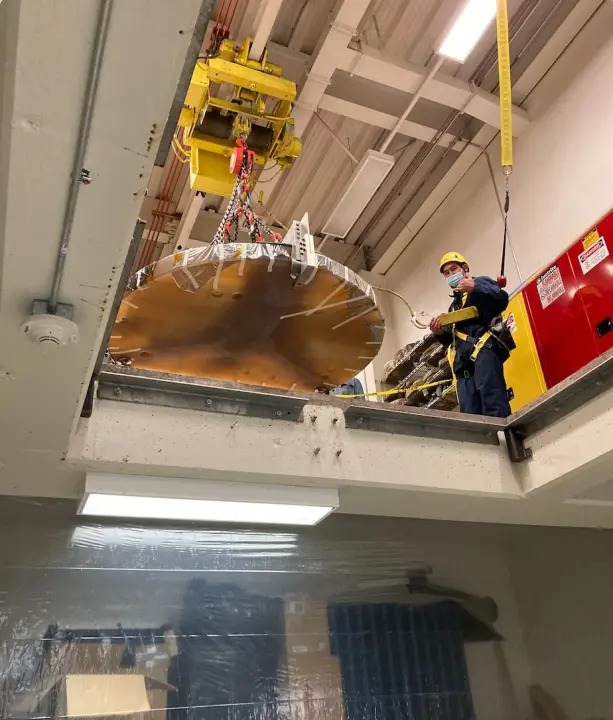Astronomers will soon have a new tool for hunting exoplanets at their disposal. The Keck Planet Finder (KPF) instrument of the WM Keck Observatory recently made its first observations in preparation for deployment and calibration. The first KPF observations used data collection from Jupiter. The information obtained demonstrated how the instrument is able to detect planets outside our Solar System in the future.
The spectrum of Jupiter was filmed on November 9. This was followed by obtaining the spectrum of a star called 51 Pegasi, which is known to contain a planet called 51 Pegasi b.

Located at Mauna Kea in Hawaii, the new instrument will detect exoplanets using the radial velocity method instead of the traditional transit method. This works by observing the star and looking for a slight oscillation caused by the gravitational force of the planets orbiting it. This oscillation barely changes the light leaving the star, so these distortions can be used to determine the properties of an exoplanet. The instrument also measures the spectra or wavelengths of light coming from the star.
The radial velocity method is particularly good for detecting large exoplanets that orbit very close to their stars. The advantage of this method is that it allows us to see exoplanets in the “habitable zone” of smaller and colder stars.

“Stars that are cooler than our sun have habitable zones that are located closer to the star. It is in this zone that the Earth-like planets are located. We will continue to tune and refine KPF to detect even fainter wobbles, with the goal of eventually having the sensitivity to detect Earth-mass planets that orbit stars like our sun,” said Andrew Howard, KPF principal investigator and professor of astronomy at the California Institute of Technology.
The device is at the commissioning stage and will begin research work from next year.
We recommend taking a test to find out what you know about exoplanets.
According to Caltech
Follow us on Twitter to get the most interesting space news in time
https://twitter.com/ust_magazine
